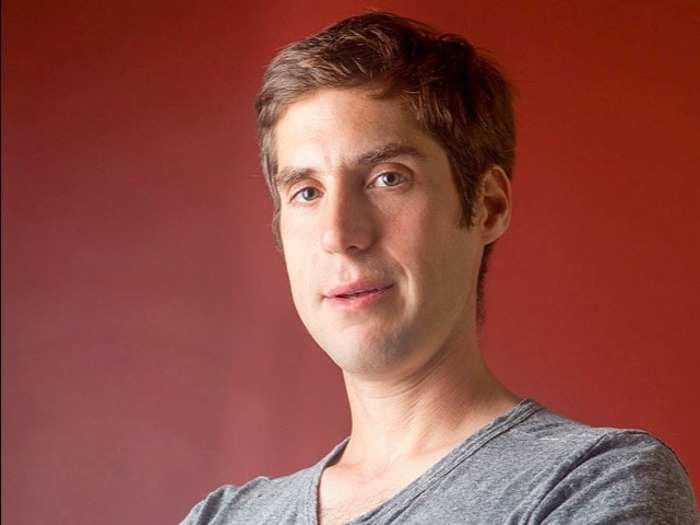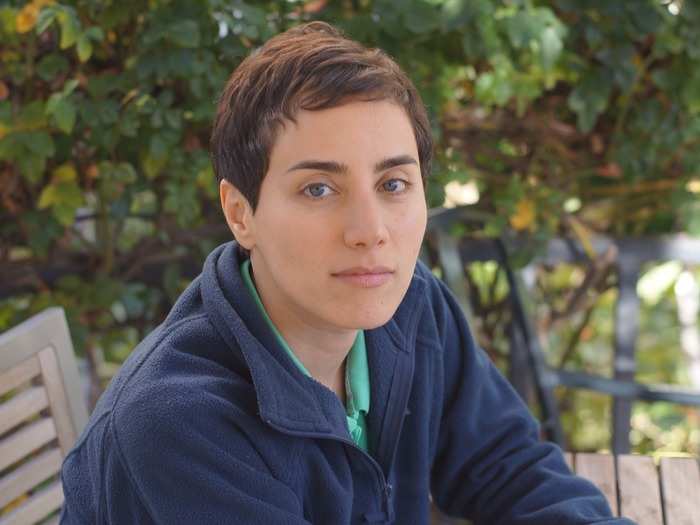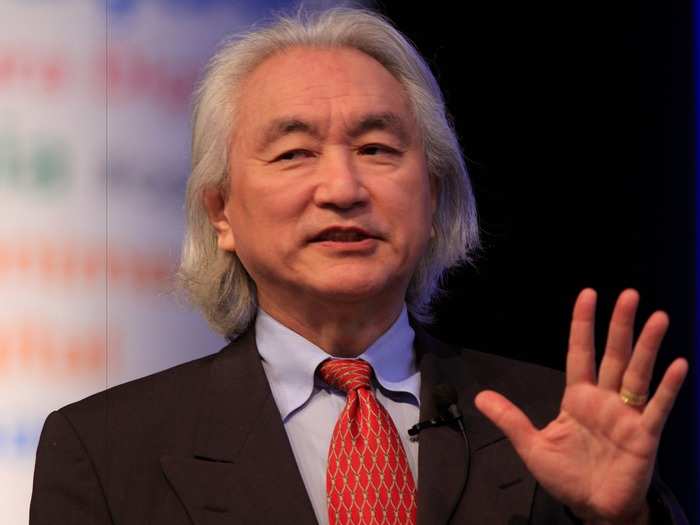7 scientists who are helping us understand how the world works
Andrew Shields is creating a better system for keeping hackers out of confidential information.

Francis Halzen helped discover what happens inside black holes and supernovas — some of the most powerful cosmic sources in the universe.

To study neutrinos — tiny, subatomic particles that fly through all matter — Francis Halzen helped build the largest particle physics detector ever, known as the IceCube Neutrino Observatory.
In 2013, the Antarctica-based observatory finally discovered cosmic neutrinos, the highest-energy neutrinos ever observed. The discovery gives astronomers a unique look at what happens at the core of many powerful cosmic sources, such as black holes and supernovas.
Halzen is a physicist at the University of Wisconsin at Madison.
Jacob Lurie is rewriting how mathematicians understand complicated geometric objects.

Jacob Lurie is changing how mathematicians understand complicated geometric objects. He is a specialist in the field of algebraic geometry — the study of curves, surfaces, and their higher-dimensional counterparts intimately linked to the solutions of algebraic equations. Lurie has developed a radical new framework for this field called "derived algebraic geometry" that combines concepts from algebraic geometry and the related field of topology.
This new way of looking at the interplay between equations and shapes promises to lead to a much deeper understanding of geometry, and could also lead to breakthroughs in other areas of mathematics. Lurie is also a MacArthur fellow and recipient of the 2014 Breakthrough Prize in mathematics, and his work has been published in two books, "Higher Topos Theory" and "Higher Algebra," and numerous other journals and papers.
Lurie is a professor at Harvard University in the department of mathematics.
Jeremy England developed a new theory about the origins of life.

Regarded by some as the “brightest young scientists” they know, Jeremy England has a controversial new theory about the origins of life.
England’s mathematical theory, he says, does not contradict Darwinian evolution. Instead, Darwin’s theory is a special case of England’s much broader theory, which describes life at the level of genes and populations (instead of species) and suggests that the first life on Earth was an inevitable result from the fundamental laws of nature and not just random chance.
England is an assistant professor at the Massachusetts Institute of Technology.
Maryam Mirzakhani is explaining the complicated mathematical relationships that govern twisting and stretching surfaces.

In 2014, Maryam Mirzakhani was one of only four people to receive a Fields Medal, which is regarded as the most prestigious award in mathematics since there is no Nobel Prize for math. She's also the first woman to ever receive the award.
She studies shapes and surfaces in several fields of abstract mathematics including hyperbolic geometry. Mirzakhani tackles important questions in these fields — like "how many simple closed geodesics shorter than some given length can there be on a particular Riemann surface" — by taking novel approaches to the problems that other mathematicians have said is nothing short of "truly spectacular."
Mirzakhani is a mathematics professor at Stanford University.
Michio Kaku is helping us understand the nature of the universe.

Michio Kaku is credited as one of the cofounders of string theory, which predicts that the most fundamental components of the universe are made up of one-dimensional strings. If proven, string theory could solve some stubborn problems in physics that have been puzzling scientists for decades, such as whether a universal theory of quantum gravity actually exists, and if it does, how it works and helps govern the behavior of our universe.
Unlike the stereotypical, introverted theoretical physicist, Kaku is an outspoken popularizer of science. He has nearly half a million Twitter followers and has appeared in radio, TV, and films that explore some of the wackiest cosmic mysteries like whether wormholes exist and most fundamental philosophical question, like is there such a thing as free will? In 2014, Kaku published his third New York Times best-seller, "The Future of the Mind."
Kaku is a professor of theoretical physics at the City College of New York.
Yitang Zhang solved a 150-year-old mathematic mystery.

Before solving one of the most outstanding mathematical mysteries of the last 150 years, Yitang Zhang was unrecognized for his genius, unknown in the mathematical community, and spent years working odd jobs at places like Subway.
But in 2013, all of that changed when he submitted a groundbreaking paper to one of the most prestigious journals in mathematics that discussed the unique patterns of prime numbers. There's something called a prime gap, which is the distance between prime numbers. For example, the prime gap for 5 and 7 is 2. No one knew if prime gaps just got larger and larger, out to infinity. However, Zhang provided a mathematical proof that there was a limit on the distance between primes: 70 million.
Since then, mathematicians have advanced and revised the number. Meanwhile, Zhang has been featured in media outlets like Quanta, The New York Times, The New Yorker and has received such prestigious awards as the Ostrowski Prize, the Cole Prize, the Rolf Schock Prize, and a MacArthur fellowship. He has spent the last two years giving talks around the world.
Zhang is a professor of mathematics and physics at the University of New Hampshire.
Popular Right Now
Popular Keywords
Advertisement